Introduction to Syrian cuisine
Syrian cuisine is a vibrant and diverse combination of Middle Eastern, Mediterranean, and Persian influences. With a rich history and a wealth of different cultural traditions, Syrian cooking is known for its bold flavors, aromatic spices, and colorful ingredients. Whether you’re feasting on savory kebabs, fragrant rice dishes, or hearty stews, Syrian cuisine is sure to delight your taste buds and leave you feeling satisfied.
Grains and legumes in Syrian cooking
Grains and legumes are an essential part of Syrian cuisine, providing a hearty base for many dishes. Rice, bulgur, and couscous are commonly used in Syrian cooking, while lentils, chickpeas, and fava beans are popular choices for soups and stews. Flatbreads like pita and lavash are also an important staple in Syrian cuisine, often used for dipping, wrapping, or as an accompaniment to a meal.
Spices and herbs essential to Syrian cuisine
Syrian cuisine is known for its use of aromatic spices and herbs, which add depth and complexity to dishes. Cumin, cinnamon, cardamom, and coriander are commonly used in Syrian cooking, as are sumac, za’atar, and allspice. Fresh herbs like parsley, mint, and dill are also popular, adding a bright, fresh flavor to many dishes.
Meat and dairy products used in Syrian dishes
Meat and dairy products play an important role in Syrian cuisine, with lamb, chicken, and beef being popular choices for kebabs, stews, and grilled dishes. Yogurt and cheese are also common ingredients, used in dips and spreads like hummus and baba ghanoush. Labneh, a thick, tangy yogurt cheese, is often served as a side dish or used as a topping for salads.
Fruits and vegetables commonly found in Syrian cooking
Syrian cuisine is renowned for its use of fresh, vibrant produce, with a focus on seasonal fruits and vegetables. Eggplant, tomatoes, onions, and garlic are commonly used in many dishes, while okra, zucchini, and green beans are popular in stews and soups. Pomegranates, figs, and dates are also commonly used in Syrian cooking, adding a sweet and tangy flavor to many dishes.
Key ingredients in popular Syrian dishes
Some of the most popular dishes in Syrian cuisine include shawarma, a flavorful grilled meat dish, falafel, a crispy, fried chickpea patty, and kibbeh, a savory meat and bulgur wheat dish. Other popular dishes include fattoush, a refreshing salad with toasted pita bread, and muhammara, a spicy red pepper and walnut dip. No matter what your taste preferences, Syrian cuisine is sure to offer something delicious and satisfying.

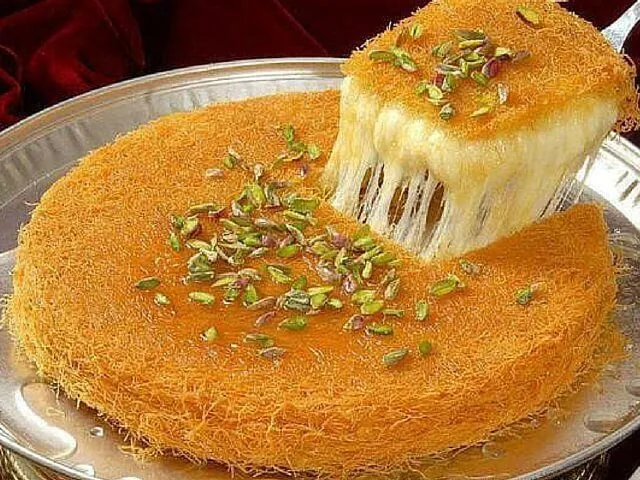
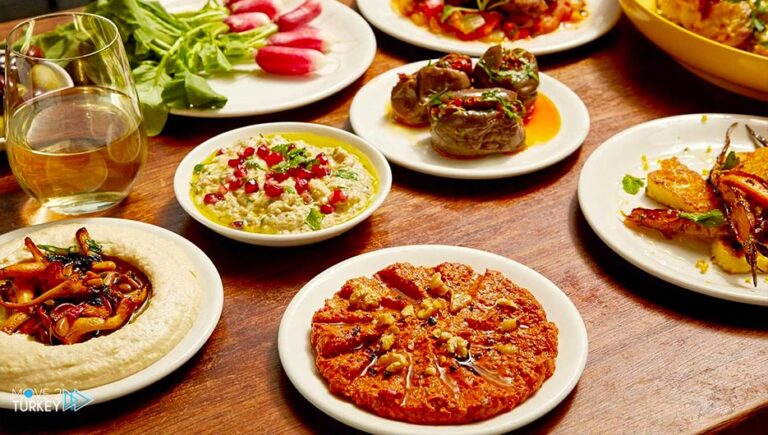
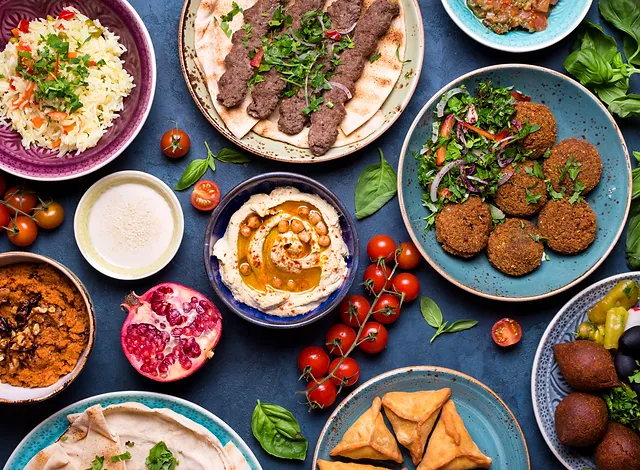
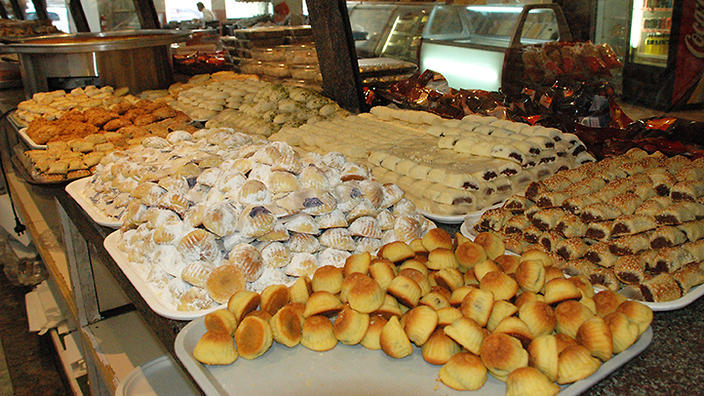
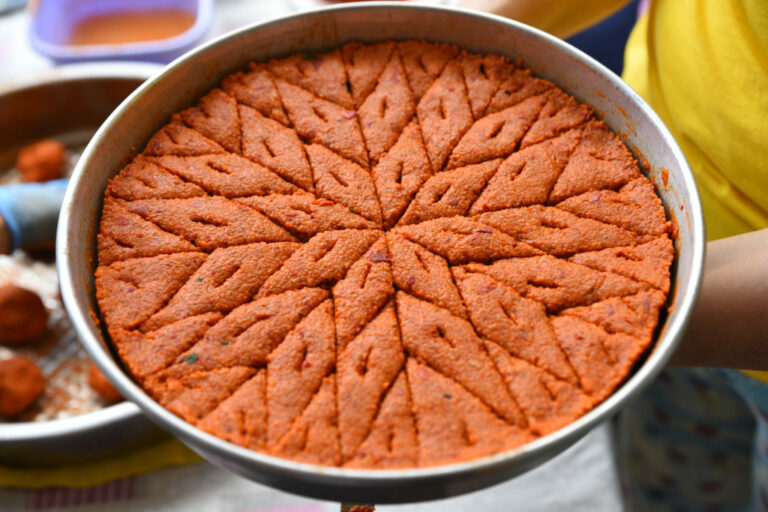
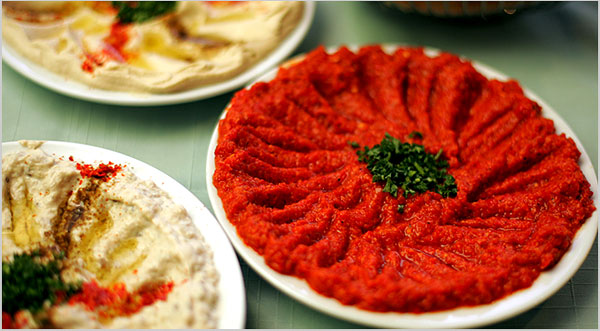
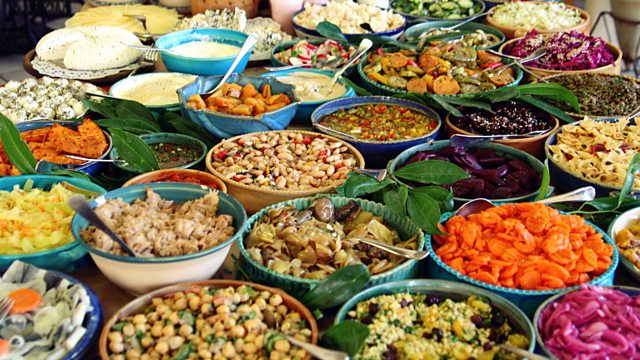
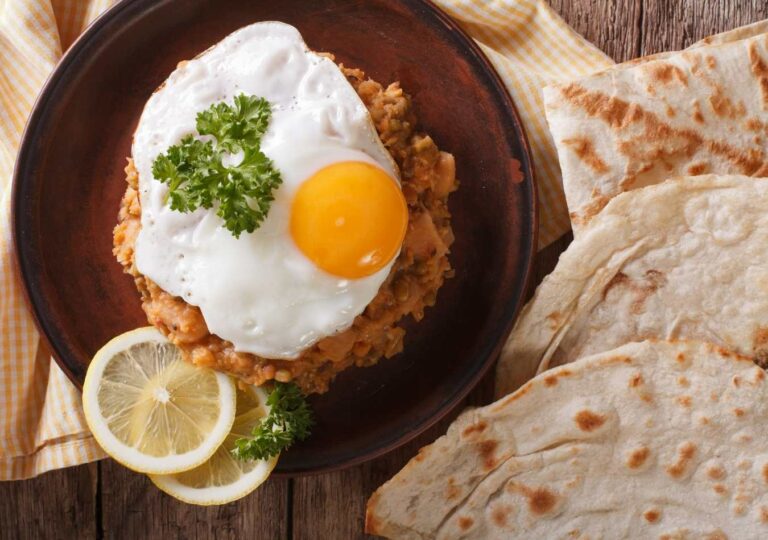
![Can you recommend a good Syrian restaurant in [specific location]?](https://foodnerdy.com/blog/wp-content/uploads/2023/05/11-35-768x576.jpg)
